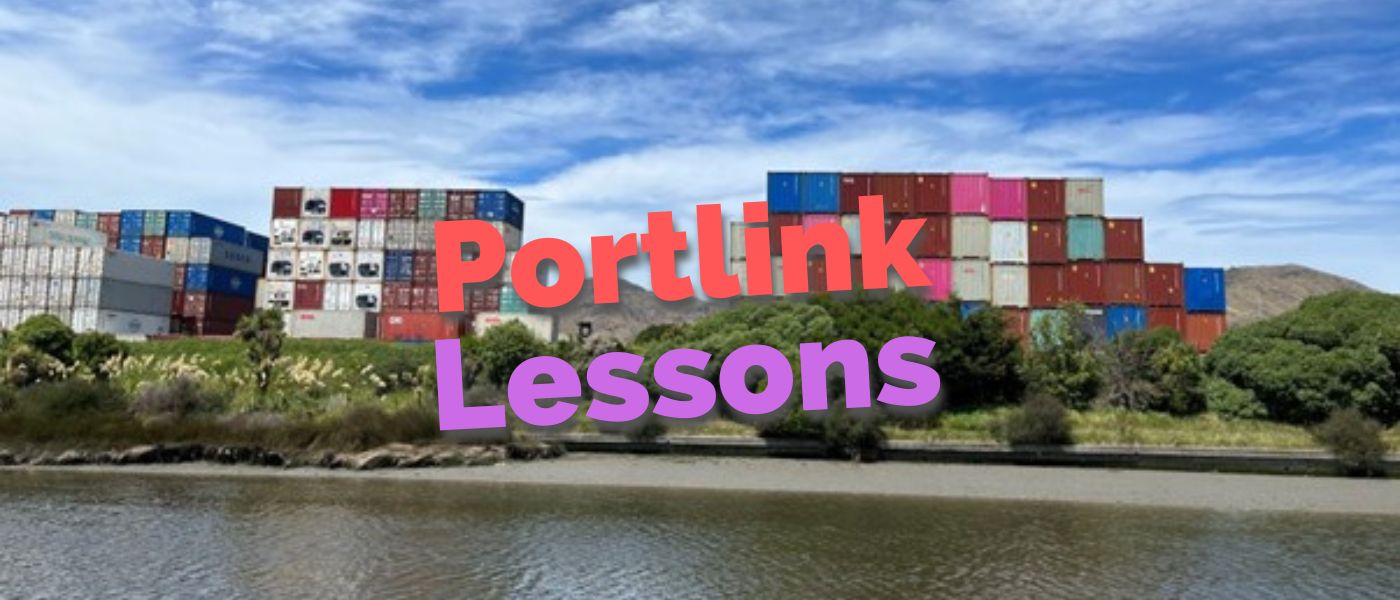
When the land under the Portlink Industrial Park was rezoned from rural to industrial use in 2008, no one contemplated the idea of a container park being placed there – just industrial buildings. It is easy to be wise in hindsight about what might have been. The best that we can all do in the aftermath of the Portlink fiasco is to learn good lessons from it.
Lesson that the Council is taking The lesson that the City Council is taking from community outrage about the effects of the Portlink container park on nearby residents is that the District Plan is too permissive when it comes to the interface between industrial and residential zones. The CCC is therefore, and quite rightly in our opinion, embarked on the process of strengthening the District Plan in a number of ways to overcome some of the issues that Portlink has brought to the fore: the siting of container parks, the special noise features that container handling creates, the number of daily truck movements around industrial areas and the landscaping requirements in them. These changes are being wrapped together in what is called Plan Change 20.
Plan Change 20 Some of the changes envisaged for Plan Change 20 are:
- Container yards and heavy industrial activities must locate at least 200m from residential zones
- Changing the definition of ‘heavy industrial activity’ to list more activities such as scrap-metal recycling yards, waste transfer activities and sawmills
- Enforcing a maximum of 60 heavy vehicle trips per day and no operation of heavy vehicles or machinery outdoors between 10pm and 7am.
- Measurement of noise updated to include noise with ‘special character’ such as bangs, clangs and thumps
- Setting an outdoor storage height limit of 3m within 5m of a residential zone boundary, and 5m within 5 to 20m of a residential zone boundary
- Outdoor storage is required to be outside the building setback from a residential zone
- Building height limit of 20m between 20m and 200m of a residential zone
Note that these changes will not apply retrospectively – what has been done has been done. No doubt, there will be pushback from some developers over these restrictions, but we will be submitting in support of the changes, some of which may not go far enough. For instance, should there be a consideration made when the river is part of a setback or separation distance, and should protections for Sites of Ecological Significance be stronger?
Noise and visual pollution The problems associated with the siting and operation of the Portlink container park are evidence that while the river may provide separation of distance, the way that noise travels over water means that such a separation, when it includes the river, may in fact need to be even larger to reduce the noise effects. Similarly, visual pollution of the landscape seems greater and more offensive when the river is part of the foreground of large-scale industrial developments. Screening of industrial plant may need to be more extensive when the river lies between residents and industry.
Site of Ecological Significance The Ōpāwaho Heathcote River is classified in the Christchurch District Plan as a Site of Ecological Significance. You would be forgiven for thinking that that designation would mean that rules about setbacks and landscaping along the river would be inviolable. This is not the case as the resource consenting process for Portlink demonstrated. Despite being a Site of Ecological Significance, the developer was allowed to intrude into the landscaping setback from the river and to minimise ecological recovery of the area. This itself is an issue: when historical activity has degraded the ecological values of an area, it is relatively easy for a developer to show that the effect of a development is “less than minor” on the degraded area. Where a Site of Ecological Significance is involved, the test should be that the development enhances or improves the ecological values of the area.
When, historically, the river was seen as just a convenient, nature-supplied sewer, the proximity of industry to the river was acceptable. Now that the river is recognised as a taonga that has intrinsic value for the health of the city and its residents, keeping industry further away from it visually, as well as aurally and physically, has become vital.
The lesson for the community OHRN began in 2017, well after the re-zoning of the Portlink land. The lesson that we are taking from the problems of Portlink is that, as an organisation endeavouring to give voice for the river, we need to be involved with any changes to the District Plan that might impinge on the river and its environs, taking the most jaundiced view possible in an effort to anticipate how future urban developments may impact the river’s recovery. This community advocacy is vital for continuing the recovery of the river. At the same time, encouraging the wider community to be aware of issues impacting the river must be one of our continuing priorities.
More about Portlink
If you are not familiar with the issues that the Portlink Industrial Park has created, you will want to read the following articles by OHRN; just click an image to read the article…

